Japan’s mountains, forests and religious sites are dotted with “power spots” – places believed to be filled with spiritual energy that can rejuvenate, inspire and bring good luck. For travelers seeking to connect with nature and reflect on their inner lives, visiting these power spots can be a transformative experience. This guide will explore some of Japan’s most revered power spots, providing insight into their significance, how to get there, and what to expect.
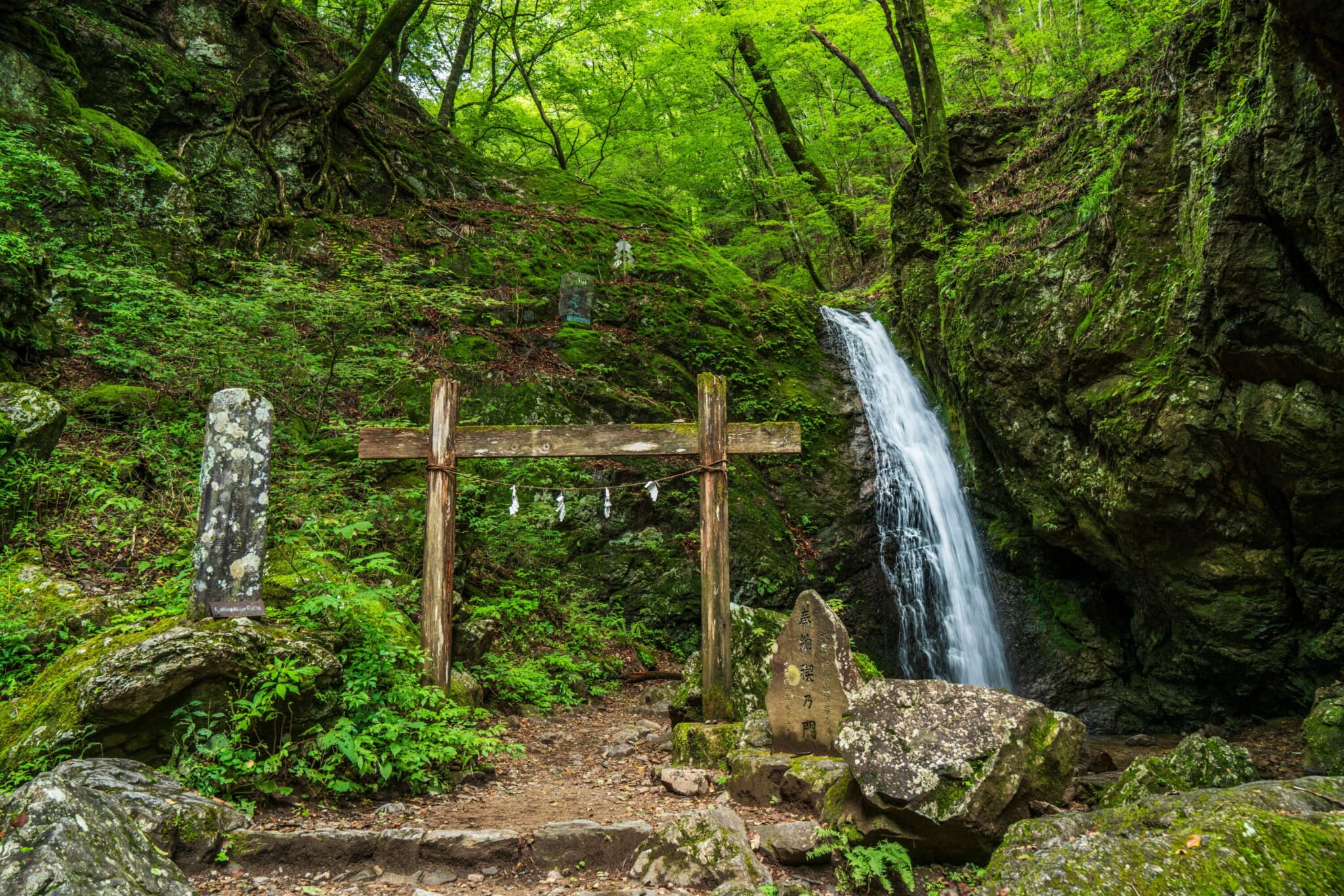
What is a power point?
Power points are places where the earth’s natural energy is said to be particularly strong. These locations can be natural features, such as mountains and waterfalls, or man-made structures, such as shrines and temples.
Belief in power points is intertwined with Shintoism, Buddhism and the spiritual practices of ancient Japan, where nature is revered and considered sacred. Whether these energy spots gain their energy naturally or from a collective strong belief is a bit of a chicken or egg question, but the awe-inspiring nature of these places is tangible and well worth visiting.
9 energy spots you must visit in Japan


Mount Fuji
Mount Fuji, Japan’s iconic highest peak, is a natural wonder and a powerful spiritual place. Its symmetry and dramatic beauty have been admired and recited in mythology for centuries, and have inspired countless poets and artists from ancient times to the present day.
significance
Mount Fuji is considered a sacred mountain in Japan. Many people believe that climbing or getting close to it can bring spiritual enlightenment. The surrounding area is dotted with shrines and lakes, adding to the mysterious atmosphere.
How to get to Mount Fuji
If you want to climb Mount Fuji, head to Station 5 on the Fuji Subaru Line, which is accessible by bus, train, and car. The climbing season runs from early July to early September. For those looking for a relaxing excursion, head to Lake Kawaguchi and enjoy the stunning mountain views of the Fuji Five Lakes region.


Kumano Kodo pilgrimage route
The Kumano Kodo is an ancient network of pilgrim routes located on the Kii Peninsula. Listed as a UNESCO World Heritage Site, these trails connect three important shrines: Hongu Taisha, Hayatama Taisha, and Nachi Taisha.
significance
Hiking the Kumano Kodo is a wonderful hike and one of Japan’s most sacred pilgrimages. The trail is associated with the myth of Emperor Jimmu, the legendary first emperor of Japan who was guided through the mountains by a three-legged crow. Dense forests, sacred trees and waterfalls along the way provide the backdrop for this mysterious and rewarding hike.
How to get to Kumano Kodo
The Kumano Kodo has multiple starting points and can be reached by train or bus from Osaka or Kyoto. There are a variety of routes of varying lengths suitable for both serious hikers and casual walkers.
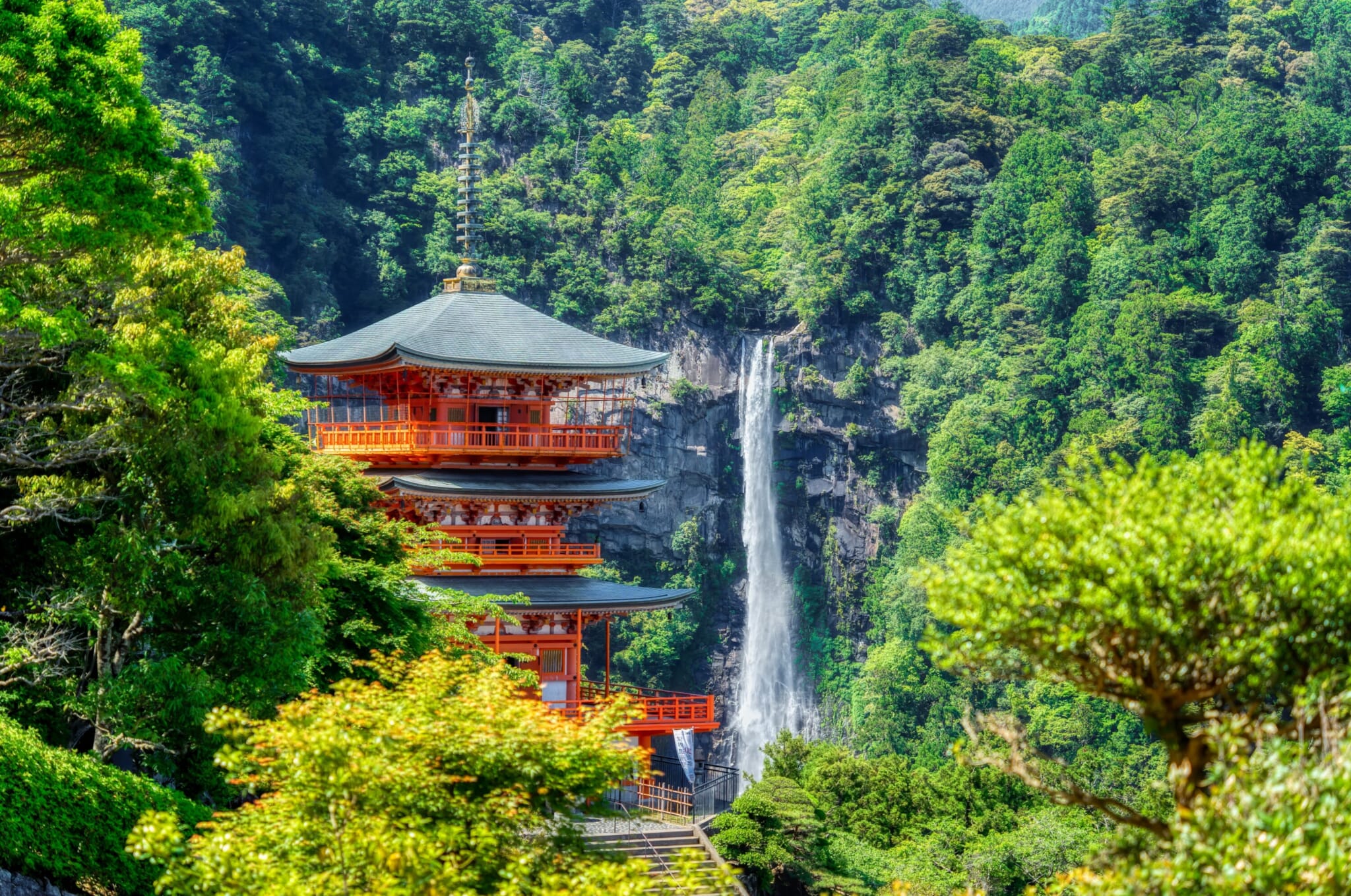

Nachi Falls
Whether or not you decide to hike the Kumano Kodo, consider visiting Nachi Falls if you’re in the area. Located near Nachi Taisha Shrine in Wakayama Prefecture, it is the tallest waterfall in Japan, reaching an impressive height of 133 meters. A waterfall is a striking sight and an important spiritual place.
significance
Nachi Falls is dedicated to the deity of Hiro Shrine and is considered a deity in its own right, symbolizing purification and rejuvenation. The stunning scenery combined with the shrine’s presence creates a strong atmosphere that resonates with visitors.
How to get to Nachi Falls
The best way to get to Nachi Falls is to take a bus from Kii-Katsuura Station. The waterfall is a 5-minute walk from the Nachi Falls-mae bus stop. The area around the falls is well maintained and has walking trails to get a closer look at the falls.

Ise Jingu Shrine
Ise Jingu Shrine or Ise Jingu Shrine is one of the holiest shrines in Japan, dedicated to the sun goddess Amaterasu. It consists of two main shrines: the inner palace (inner palace) and the outer palace (outer palace).
significance
The shrine is believed to house the Amaterasu Holy Mirror, a symbol of the sun goddess herself. Ise Jingu Shrine is located in Ise City, Mie Prefecture and is considered the soul of Japan.
How to get to Ise Jingu Shrine
The shrine recommends that guests visit the outer palace first and then the inner palace. Geku is a short walk or bus ride from Iseshi Station, from where you can reach Naiku by a 10-minute bus ride or an hour’s walk.
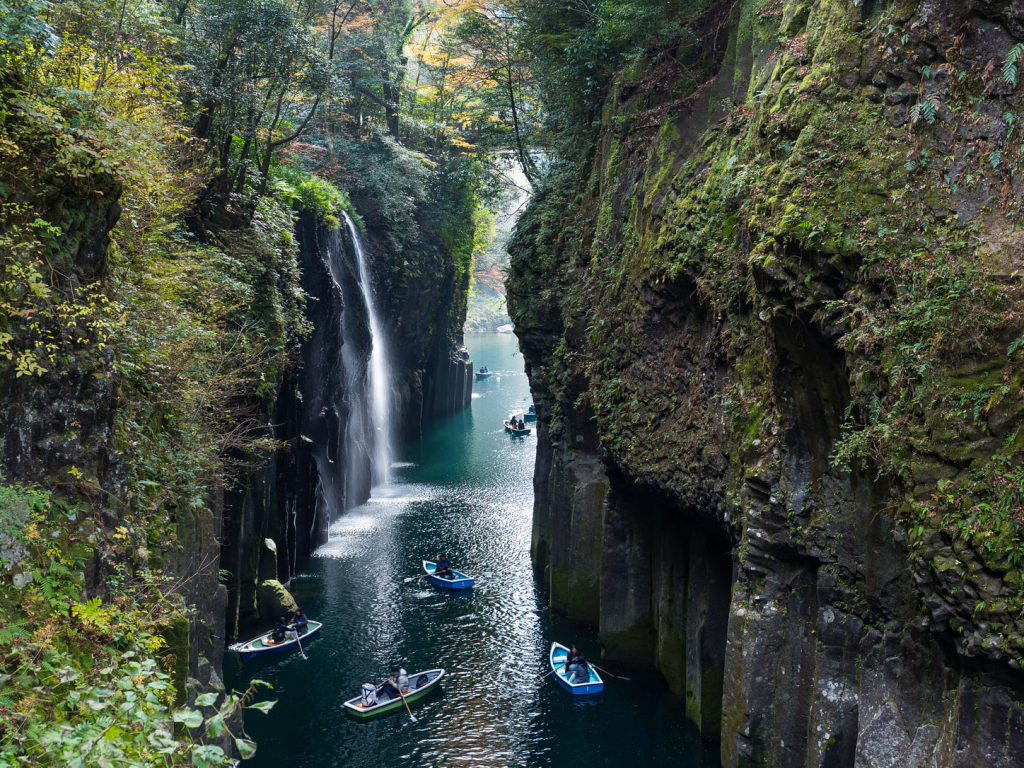
Takachiho Gorge
Located in Miyazaki Prefecture, Takachiho Gorge is a stunning natural landscape carved by the Gokase River. It features dramatic cliffs, lush greenery and the stunning Minainotaki Falls.
significance
This canyon is steeped in mythology and is said to be the home of the Shinto gods fall first. The path along the canyon continues for about 1 kilometer, leading to Takachiho Shrine.
How to get to Takachiho Gorge
Takachiho Gorge is about a 30-minute walk from Takachiho Bus Center. Many people choose to get there by taxi or bicycle. The canyon itself can be explored on foot, with several walking trails offering stunning views of the waterfalls and surrounding cliffs.
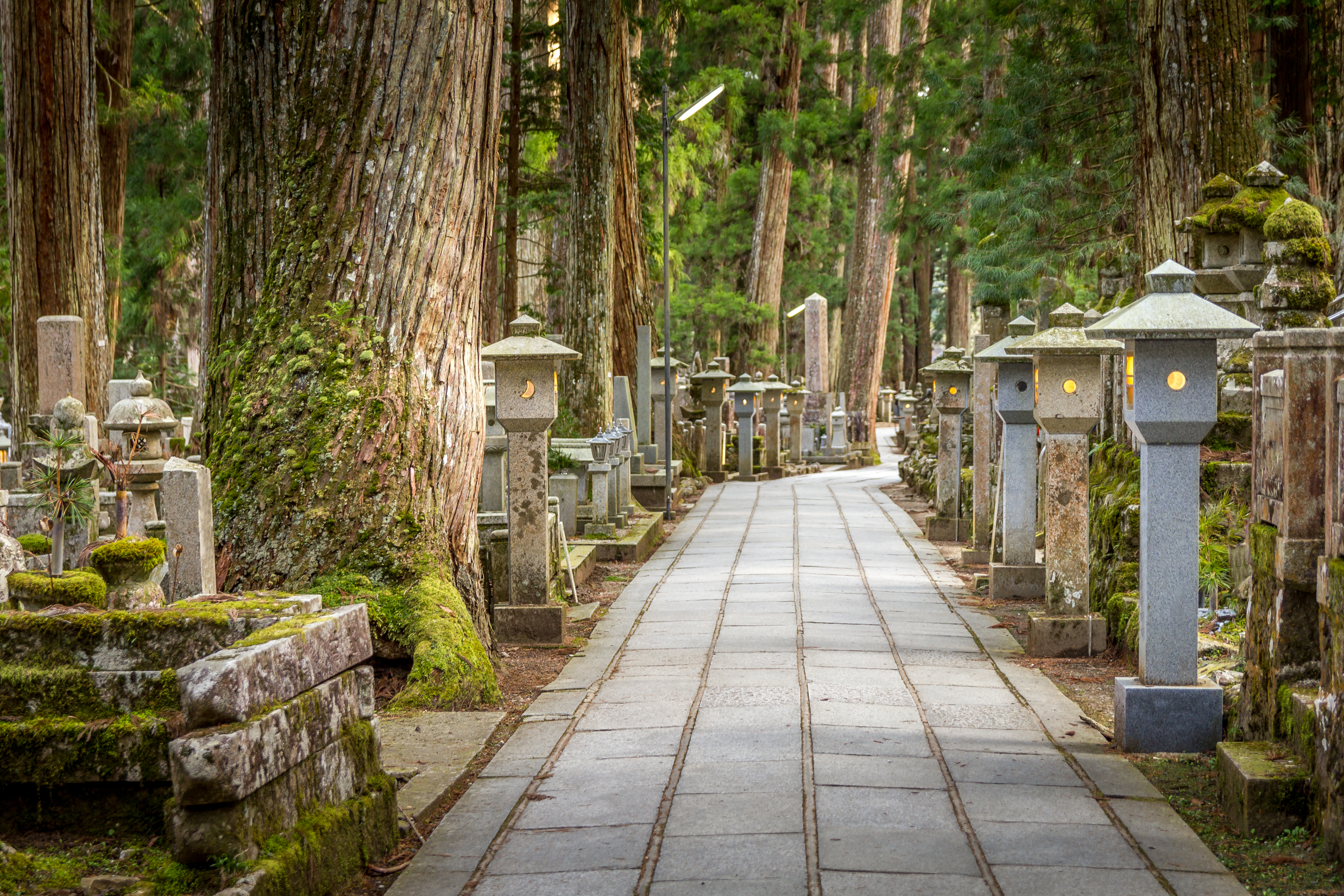

Koyasan
Mount Koya, a UNESCO World Heritage Site, is the center of Shingon Buddhism founded by Kukai Monk (Kōbo Daishi). This sacred mountain is home to numerous temples, including the famous Kumgangbong Temple. There are several temples on the mountain offering accommodation and are also popular spots for those who want to try like (Temple accommodation).
significance
Kukai is said to have entered eternal meditation on Mount Koya. This sacred mountain is also the last place on the Shikoku Eighty-Eight Temples Tour. Protected by Kobo Daishi’s spirit, the mountain’s cemeteries, tranquil forests, and several temples boil with sacred energy.
How to get to Mount Koya
Mount Koya can be reached via cable cars and buses. Once you reach the base of the mountain, you can choose to take the cable car from Kuk Lok Bridge or take a car or bus along the winding paths. Once you reach the mountain, you can easily explore the many temples and cemeteries on foot.


Nara Park
Nara Park is home to free-roaming deer and is home to Todaiji Temple, famous for its giant bronze Buddha statue. This UNESCO World Heritage Site is a fusion of nature and spirituality.
significance
The park and its deer are considered sacred and embody the spirit of the land. The deer have become accustomed to humans and will lower their heads to get very close to humans, much to the delight of animal-loving guests.
How to get to Nara Park
Nara is easily accessible by train from Kyoto and Osaka. The park is within walking distance from JR Nara Station.
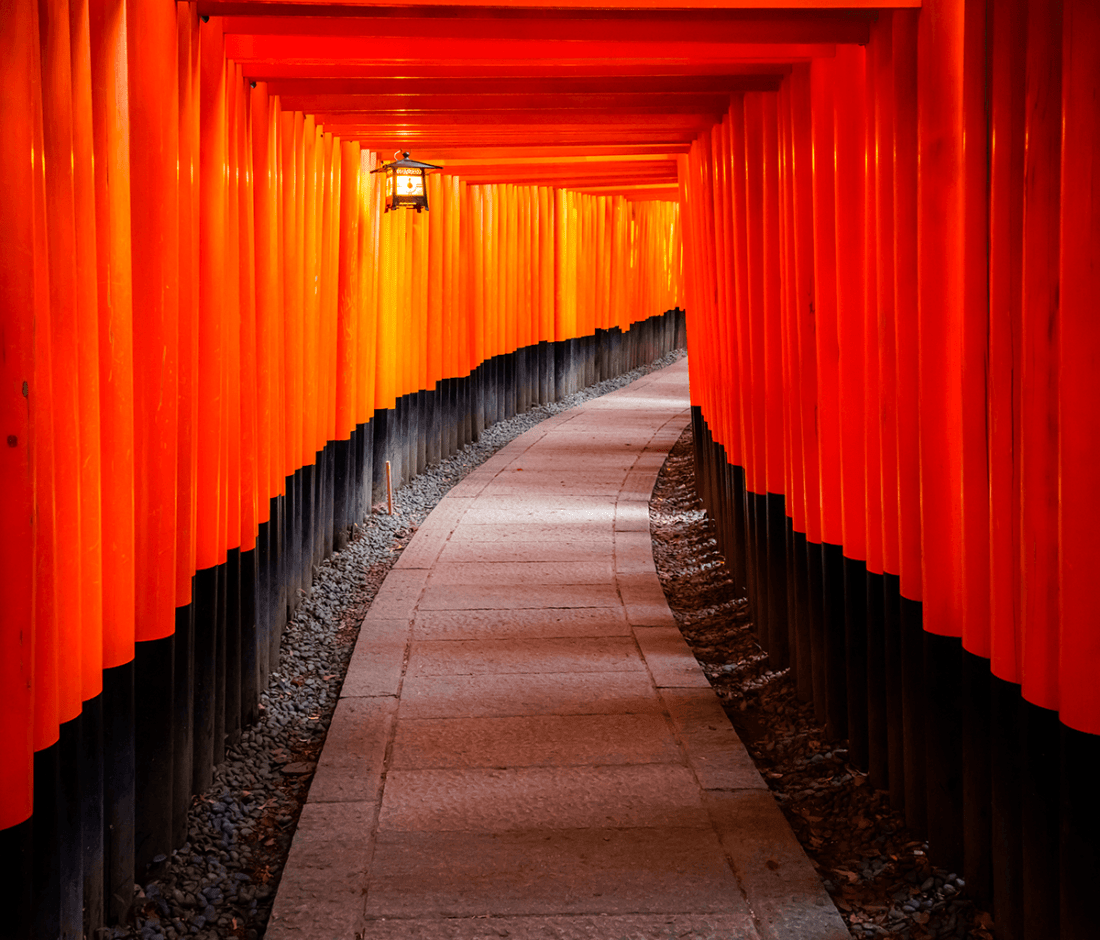
Fushimi Inari Taisha Shrine
Fushimi Inari Taisha Shrine or Fushimi Inari Taisha Shrine is located in Kyoto and is famous for its thousands of vermilion torii gates winding up the hills. The shrine is dedicated to the Shinto god Inari, and statues of Inari’s messenger, the fox, can be found throughout the shrine’s grounds.
significance
The torii symbolizes the connection between the spiritual and material worlds. Many believe that walking through these gates brings protection and prosperity. The torii gate winds its way through the sacred Mount Fushimi.
How to get to Fushimi Inari Taisha Shrine
Fushimi Inari Taisha Shrine is located outside JR Inari Station, just a few steps away from Fushimi Inari Station. They are all close to Kyoto Station and are easily accessible.
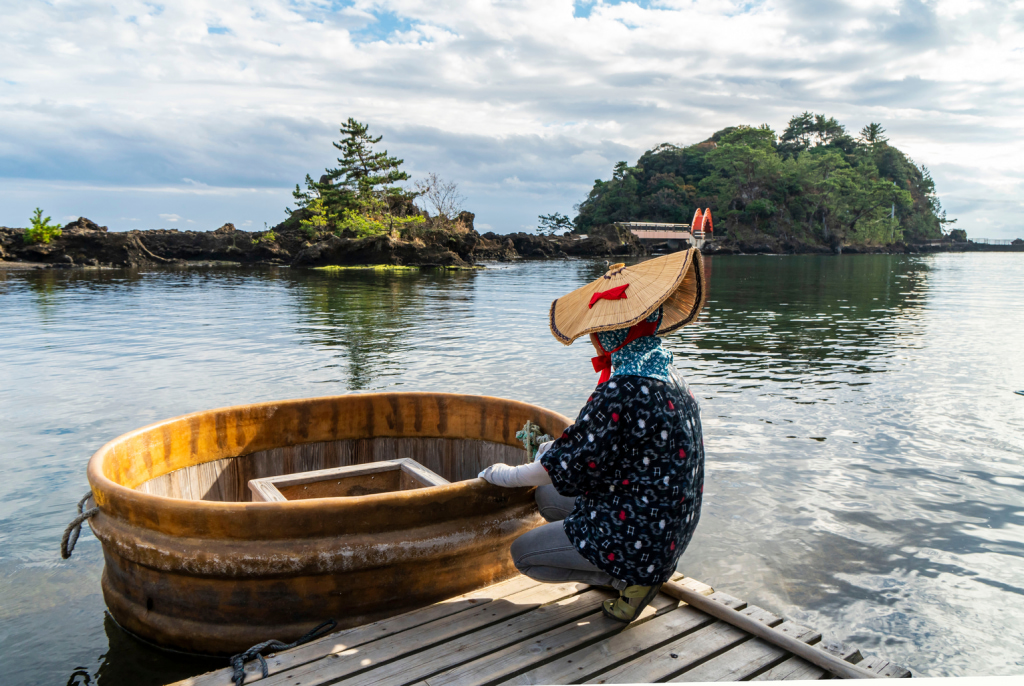
sado island
Sado Island, located off the coast of Niigata Prefecture, is famous for its 280 kilometers of rugged coastline, beautiful ocean landscapes, and historical significance as an island of exile for court nobles and intellectuals who criticized the imperial family or the shogunate.
significance
Sado Island is one of the first islands mentioned in both articles trivial matter (Kojiki) and Japanese bookmarker (Chronicles of Japan). The island is dotted with cultural sites, including the Sado Island Taiko Center and the historic Sado Kaneyama (gold mine).
How to get to Sado Island
Take a ferry from Niigata Port to Sado Island. Once on the island, renting a bike or bus can help you explore the island’s many spiritual attractions and natural beauties.


 Anal Beads
Anal Beads Anal Vibrators
Anal Vibrators Butt Plugs
Butt Plugs Prostate Massagers
Prostate Massagers
 Alien Dildos
Alien Dildos Realistic Dildos
Realistic Dildos
 Kegel Exercisers & Balls
Kegel Exercisers & Balls Classic Vibrating Eggs
Classic Vibrating Eggs Remote Vibrating Eggs
Remote Vibrating Eggs Vibrating Bullets
Vibrating Bullets
 Bullet Vibrators
Bullet Vibrators Classic Vibrators
Classic Vibrators Clitoral Vibrators
Clitoral Vibrators G-Spot Vibrators
G-Spot Vibrators Massage Wand Vibrators
Massage Wand Vibrators Rabbit Vibrators
Rabbit Vibrators Remote Vibrators
Remote Vibrators
 Pocket Stroker & Pussy Masturbators
Pocket Stroker & Pussy Masturbators Vibrating Masturbators
Vibrating Masturbators
 Cock Rings
Cock Rings Penis Pumps
Penis Pumps
 Wearable Vibrators
Wearable Vibrators Blindfolds, Masks & Gags
Blindfolds, Masks & Gags Bondage Kits
Bondage Kits Bondage Wear & Fetish Clothing
Bondage Wear & Fetish Clothing Restraints & Handcuffs
Restraints & Handcuffs Sex Swings
Sex Swings Ticklers, Paddles & Whips
Ticklers, Paddles & Whips













